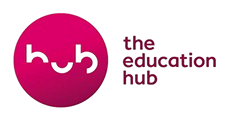In our webinar (which is freely available to watch here) Janelle Riki-Waaka supported listeners to positively challenge their existing beliefs and perceptions about te ao Māori, and to build deeper understanding of the best ways to work alongside Māori and fulfil their responsibilities to te Tiriti o Waitangi, creating safe and empowering schools not just for Māori, but for all. The webinar particularly explores how schools can engage in genuine and equitable partnership with their Māori whānau and with mana whenua.
Three key values can be drawn from Te Tiriti o Waitangi to guide leaders and teachers in their relationships with whānau Māori and tangata whenua. Kāwanatanga relates to honourable governance, or governing in a way that puts those for whom you have kaitiaki at the centre of your decision-making. Note that governance is not simply the role of a governance group or board. Rather, everyone has a governance or care-taking role in which we protect and work in the best interests of the people we serve. This might mean being informed by the needs of the greater tribe or greater group. Rangatiratanga in the context of Te Tiriti is specifically about mana motuhake for Māori, so that Māori can retain their right to be self-governing. Ōritetanga is about equity, and in the context of Te Tiriti means that no one group will be privileged over the other, and there will be an ongoing commitment to equity. It is important to understand the intent of Te Tiriti and consider how teachers and leaders can embody and commit to that intent today.
The history of education in Aotearoa New Zealand and its impact on successive generations of Māori may be a source of trauma, and create barriers to engagement. This means that teachers and leaders may need to put in most of the work for building relationships (not meeting whānau halfway, but being prepared to go much further than halfway). Three important strategiesfor building relationships are:
- Focusing engagement on building trust. For Māori, everything moves at the speed of trust. It is important that teachers and leaders come from a humble space and focus on how they can build trust with whānau Māori. Trust develops over time and through many opportunities for interaction and support, so limiting engagement practices to twice-yearly whānau hui (for example) is unlikely to build trust. If leaders and teachers are not succeeding in engaging whānau Māori, then there is not enough trust, and it will be important then to take a step back and keep building relationships.
- Avoiding consultation. Consultation is not effective or appropriate when it is designed to procure agreement to a decision that has already been made, and leaves no space for the consultee to have input or to articulate their needs. Genuine engagement involves thinking more about the other and minimising a focus on teachers, leaders, and school agendas and needs.
- Reflecting on mauri (developing your mauri-meter!). It is important to think about the way you present yourself, and in particular the mauri (vibe and energy) that you present. Janelle talks about a mauri-meter. Teachers and leaders should reflect upon the mauri of their school spaces, as well as websites and newsletters, and what these spaces and practices might feel like to Māori families and kaumatua.
Developing relationships with mana whenua can be focused on introducing yourself and your school, and offering help and support. A common mistake is for schools to start a relationship by asking for something. Instead, initial relationships should be approached from the perspective of wanting to learn what can you offer mana whenua, and how you might help with their aspirations, strategies, and goals. Every iwi is different, but there will be some simple things that teachers, leaders, and students can offer. For example, most marae need help with cleaning, painting, or food preparation.
For teachers’ relationships with students, understanding and honouring mana is extremely important. This means knowing, understanding, and respecting each individual student in a class, focusing on building relationships, and being aware of their and your own mauri. Non-Māori teachers should be really overt about respecting a student’s mana and Māori identity, and clearly articulate their desire to build and support each student.
Re-indigenisation is a practice aimed at redressing past educational practices of colonisation and assimilation that resulted in the loss of reo and mātauranga Māori, by teaching these skills and knowledges to ākonga Māori. Skills and knowledges that might be emphasised as part of re-indigenisation could include te reo Māori (with recognition that language is a window to culture), integrated across everyday korero, all curricular subjects, instructional language, and teachers’ korero in the staff room. Teaching tikanga-ā-iwi, the everyday practices of local mana whenua, would also be important. Mātauranga Māori and the indigenous knowledge, world views, perspectives, and values of Māori can be woven across the curriculum, which also gives a more balanced perspective to the curriculum. Other important pou for reeindigenisation might include whakapapa (understanding one’s roots and deep connections to identity), wairua (spritiuality), as well as taiao and connections (often spiritual) to the natural environment.
Māori whānau might conceptualise success for their children as Māori in terms of their connection to their language, culture, and identity, the number of opportunities given to children to strengthen their language, culture, and identity, or their re-indigenisation as Māori. Schools might support this by creating stories about ākonga success in relation to the pou for re-indigenisation they identify, evaluating progress from pere (novice), through mōhio (knowing) and marama (understanding), towards matatau (proficiency).
What works for ākonga Māori works for everyone. Māori values, culture, and language are a koha for the world, and something all ākonga and kaiako can take pride in. Teaching and learning about te ao Māori may look different for ākonga Māori and non-Māori students, but is important for all.

